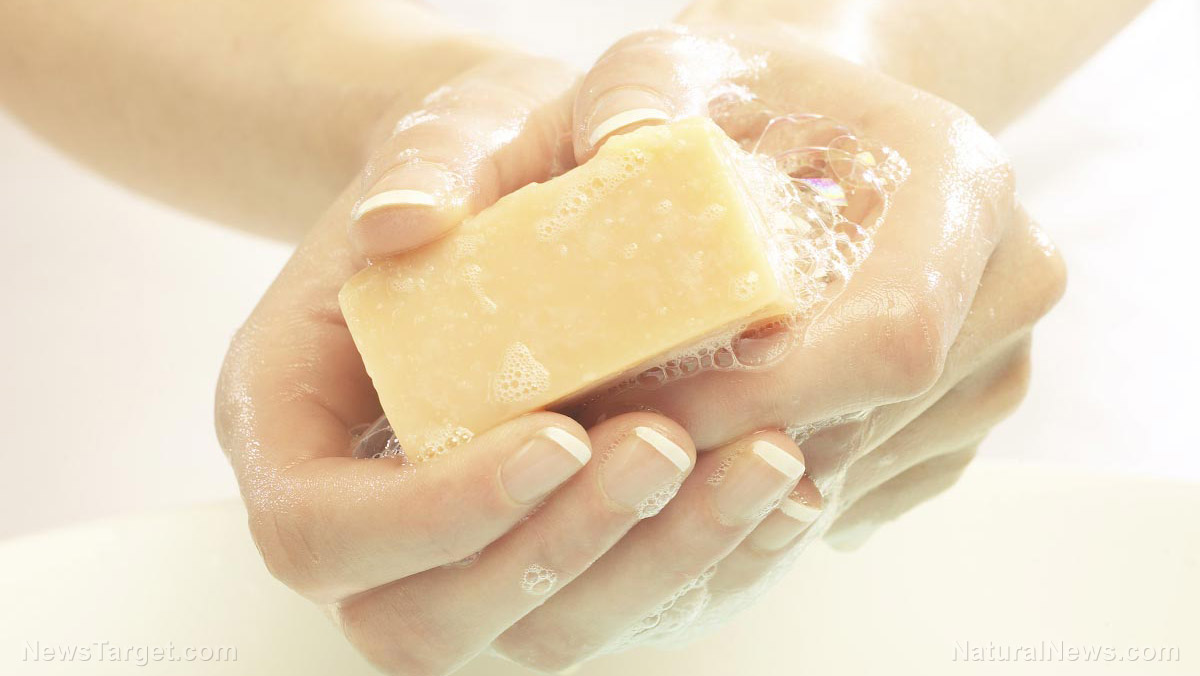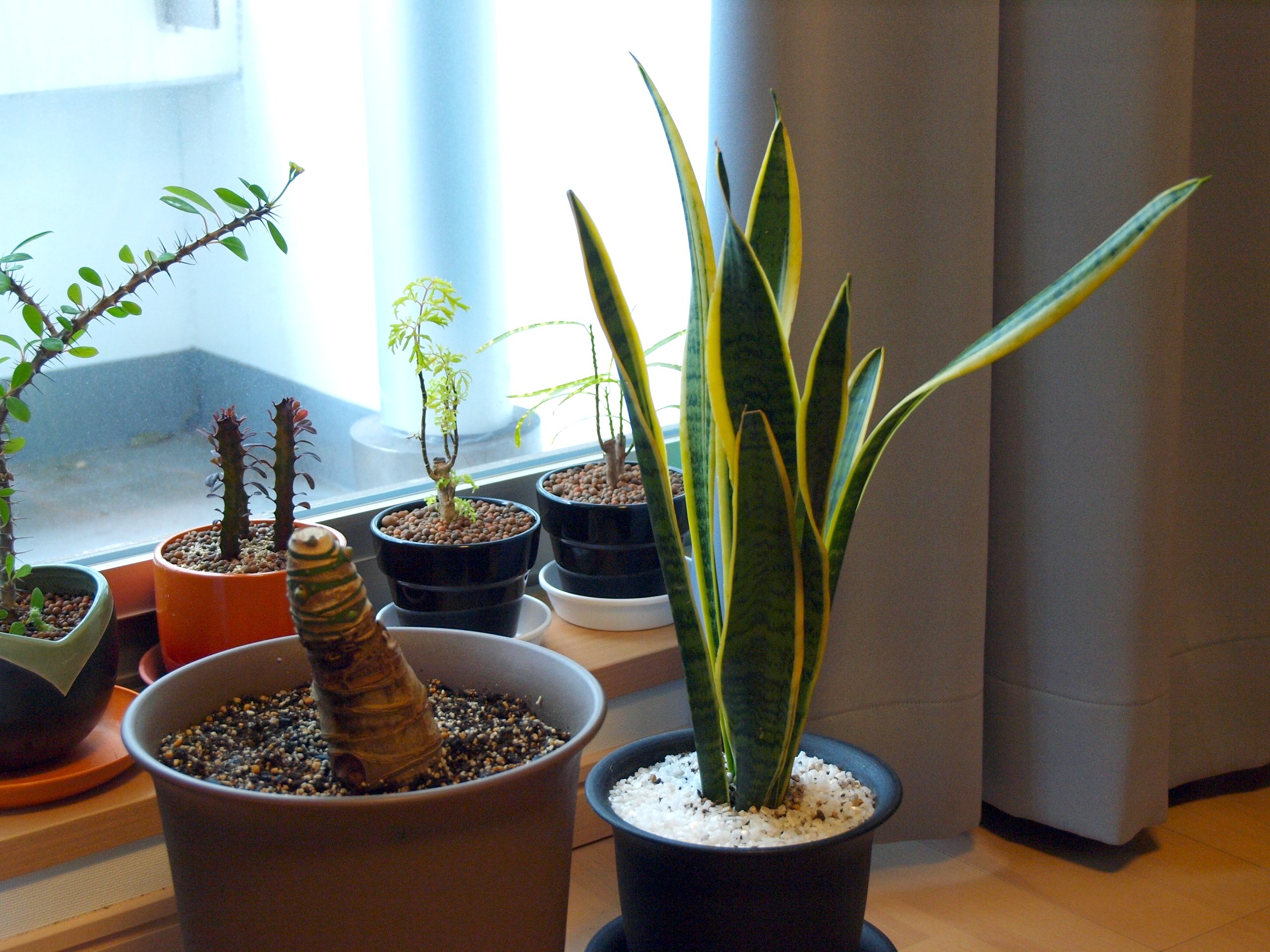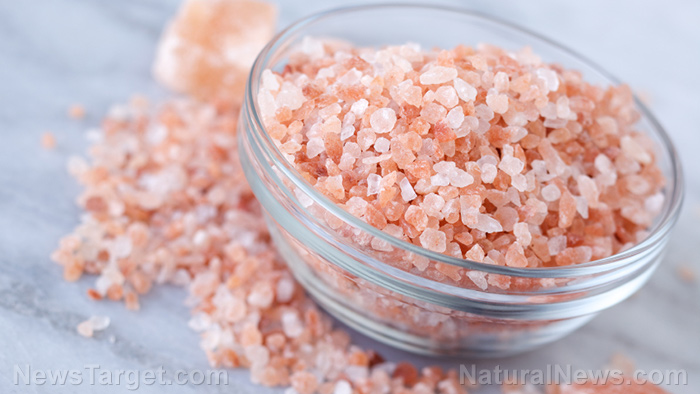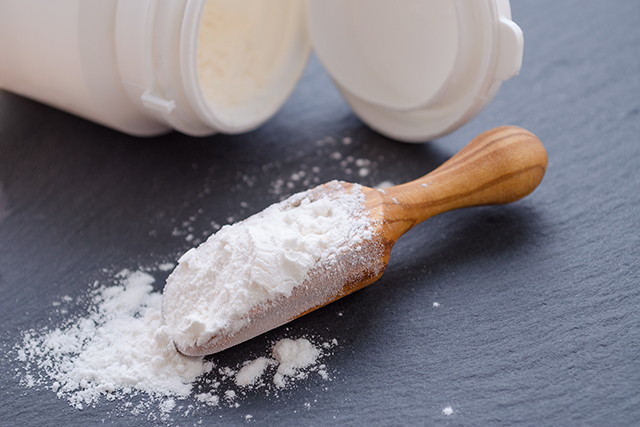Conventional household cleaners can kill you with increased risk of fatal lung disease
09/19/2017 / By Tracey Watson

Chronic obstructive pulmonary disease (COPD) is a life-threatening condition that results in obstructed airflow and difficulty breathing. There are two main illnesses associated with COPD: Chronic bronchitis, which affects more than 10 million Americans, and emphysema, which over 4.7 million Americans have been diagnosed with. While the most common cause of COPD is smoking and second-hand exposure to cigarette smoke, other causes include pollution, toxic fumes, exposure to certain types of dust, and long-term asthma.
Now, a study led by Dr. Orianne Dumas of the French National Institute of Health, has found that certain cleaning chemicals can also dramatically increase the risk of COPD, with bleach fumes, in particular, linked to a staggering 32 percent increase in risk. The study’s results were disclosed to the European Respiratory Society International Congress last week.
Those most at risk include nurses who have to sterilize surgical equipment, cleaners, and any other workers who regularly use toxic cleaning products in performing their work functions.
The research team’s findings were based on an examination of the health outcomes of 55,185 of the female nurses enrolled in the U.S. Nurses’ Health Study II, which initially began back in 1989. Nurses who were still actively practicing in their field in 2009, were selected, and their health was closely monitored over the following eight years, until May of this year. (Related: From the front lines of medicine, disillusioned nurse reveals why America’s health care system is imploding.)
Only nurses who were not exhibiting any signs of COPD were included in the study, and other factors which might skew results were adjusted for, including age, smoking habits, ethnicity and body mass index.
A total of 663 nurses were diagnosed with COPD during the study. (Related: Nurses and other health practitioners stay up-to-date with the latest developments in their field at Medicine.news)
Dr. Dumas noted that nurses who regularly used disinfectants to clean surfaces (at least once a week) had a 22 percent higher risk of developing COPD. The nurses’ exposure to disinfectants like bleach, glutaraldehyde (used to disinfect surgical instruments), hydrogen peroxide, quaternary ammonium compounds (used for low-level disinfection of floors and furniture, and known as “quats”) and alcohol was also measured. Every single disinfectant studied was linked to a higher risk of developing COPD, with the risk increasing between 24 and 32 percent, depending on the disinfectant involved.
“Some of these disinfectants, such as bleach and quats, are frequently used in ordinary households, and the potential impact of domestic use of disinfectants on COPD development is unknown,” Dr. Dumas warned. “Earlier studies have found a link between asthma and exposure to cleaning products and disinfectants at home, such as bleach and sprays, so it is important to investigate this further.” [Emphasis added]
If you are concerned about the increased risk of COPD, try these recipes for cleaning materials that are natural, non-toxic, and can be made inexpensively at home:
All-purpose cleaner:
Perfect all-around cleaner for the bathroom, kitchen or dirty toys.
• 1 teaspoon borax
• 1/2 teaspoon washing soda
• 1 teaspoon liquid castile soap
• 2 cups warm distilled water
• Essential oils of your choice
• Spray bottle (glass is best)
Add borax, washing soda, and castile soap to a spray bottle. Add 2 cups of warm distilled (or boiled) water. Shake and use as needed.
Floor Cleaner:
Works for tiles, as well as laminate or non-wood floors.
• 16 parts water
• 1 part borax
• 1/2 part castile soap
• A few drops tea tree oil (antiseptic)
• A few drops of essential oil of your liking
If your floor is greasy, replace half of the water with vinegar. Lemon and lavender essential oils are renowned for their refreshing and antiseptic properties. For hardwood floors, you can swap the borax for vegetable oil and add 1/2 part lemon or lime juice and citrus essential oil.
Oven Cleaner
- Baking soda
- Water
- Spray bottle
Make a paste of baking soda and water. Spray entire internal surface of the oven with water. Add a 1/4-inch thick layer of baking soda paste on the bottom of the oven. Close the oven and let sit for about two to three hours. Wipe up the paste and surrounding surfaces with a damp cloth.
Several more recipes for natural cleaners can be found in this Natural News article.
Sources include:
Tagged Under: bleach, chronic obstructive pulmonary disease, cleaning materials, COPD, disinfectants, DIY cleaning materials, household cleaners, nurses




















